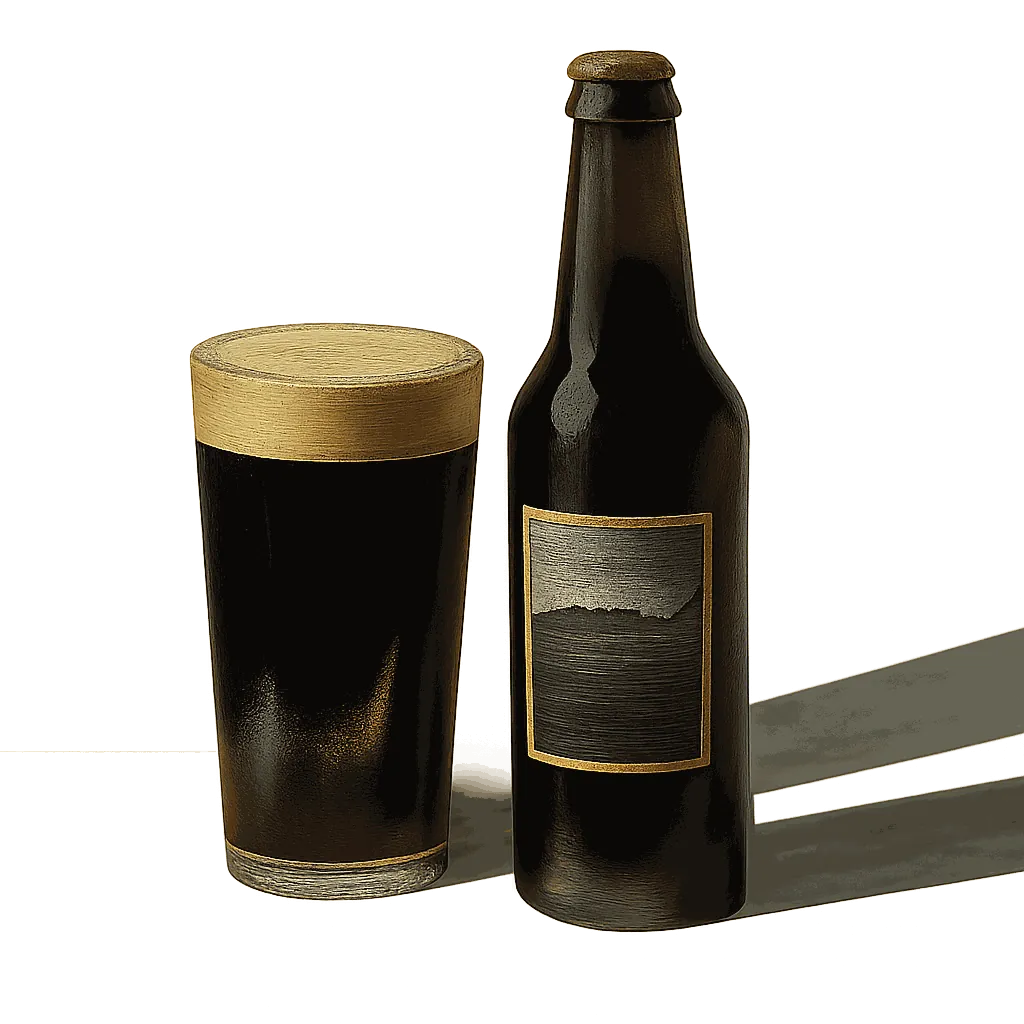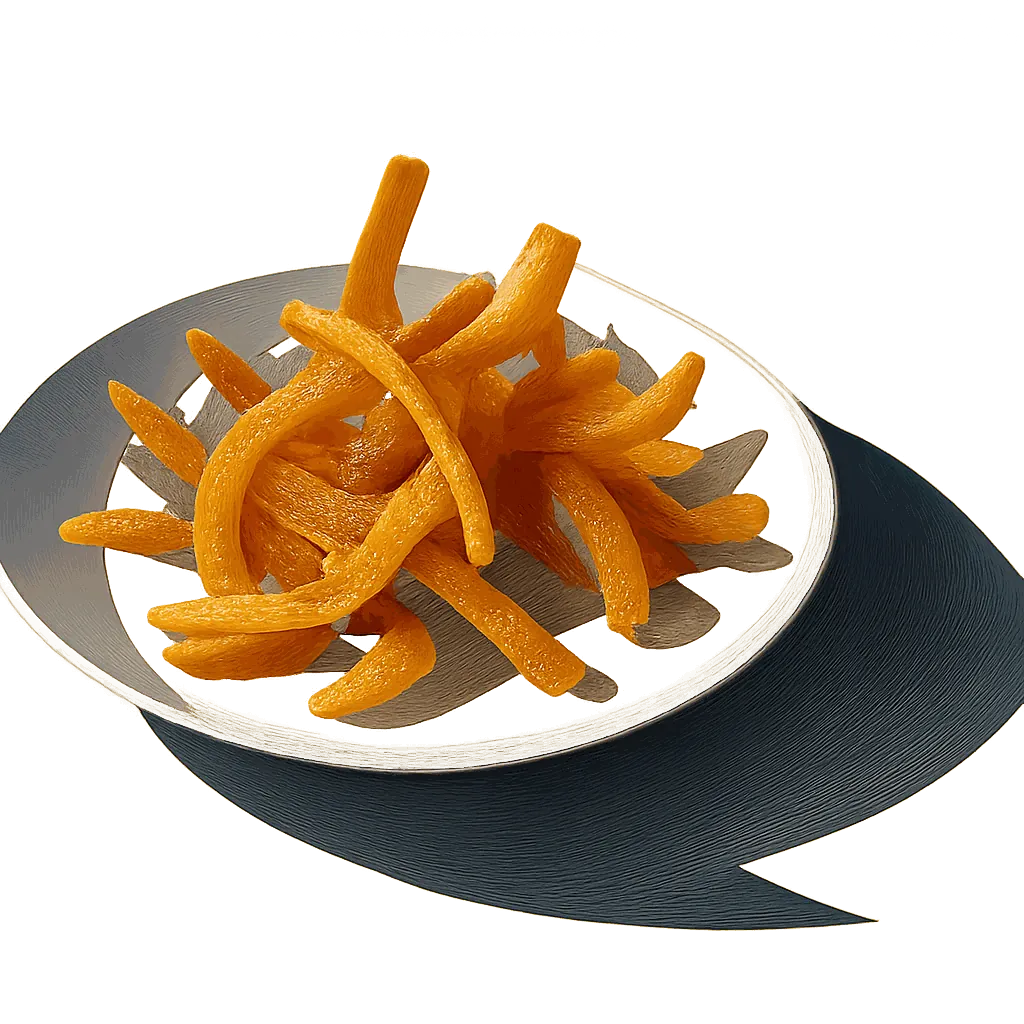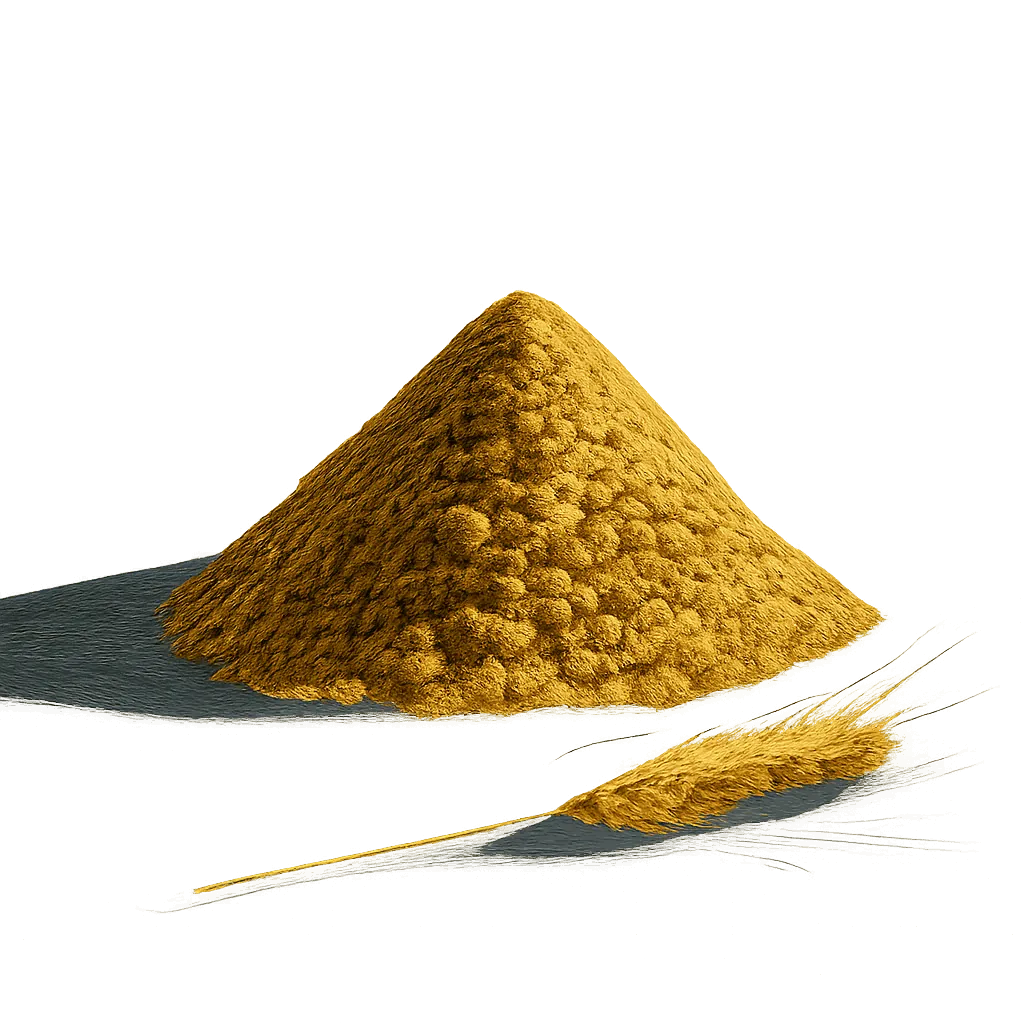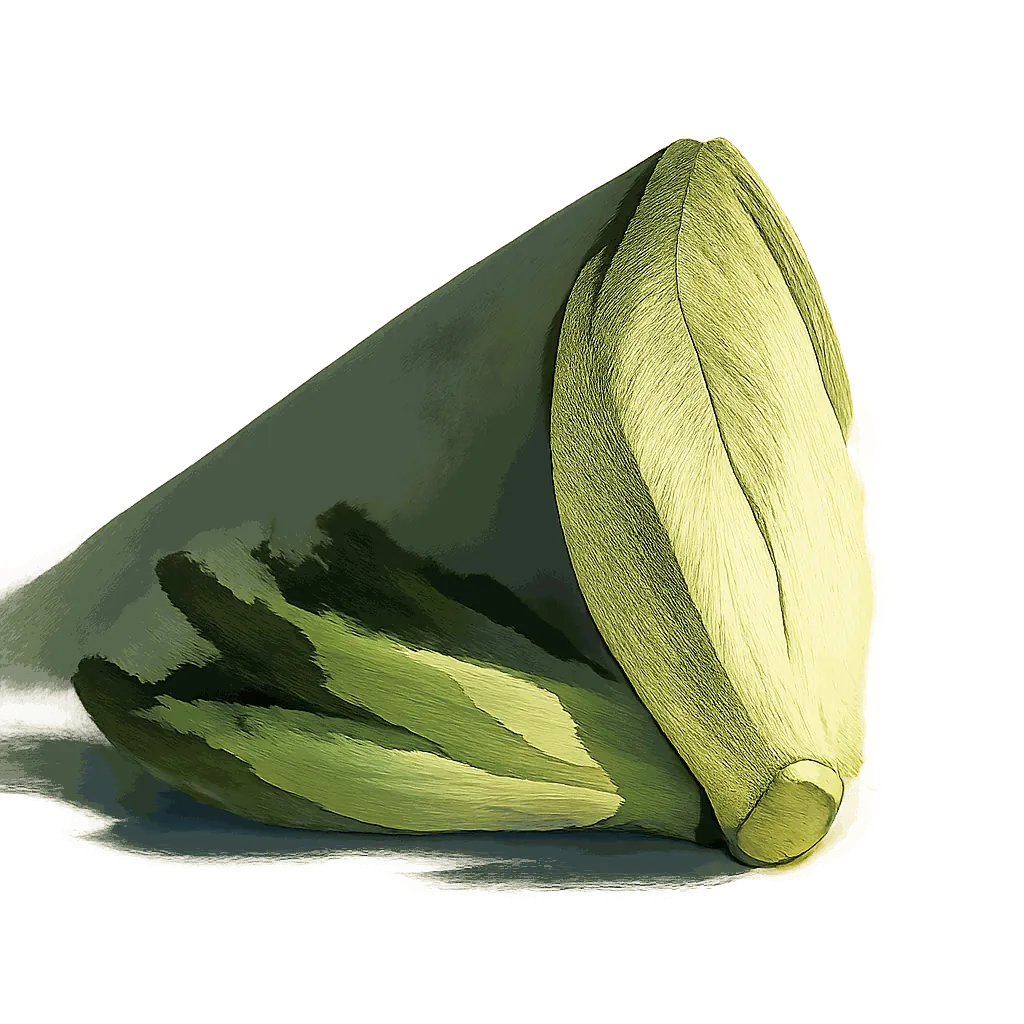Perfect Pairings & Recipes for
Dark Lager

Unlock the perfect flavour pairings for dark lager according to data science. Explore unique recipes and discover the hidden mathematics of flavour.
Dark lager immediately conjures the embrace of malt and the bracing kiss of caramel, yet its initial sweetness is only the opening note. Beneath lies a complex tapestry of delicate toast, hints of coffee, and the roasted notes of cocoa that contribute remarkable depth. The alchemy of the kitchen unfolds when we pair dark lager with ingredients that let these nuances sing.
To map these harmonies, we analysed thousands of ingredients, breaking each one down across 150 flavour dimensions, identifying which notes complement and contrast. Our analysis reveals, for example, how vegetable oil's oily tones enrich dark lager, and how extra virgin olive oil's oily notes create a surprising synergy with its toasted aroma.
Flavour Profile Of Dark Lager Across 150 Dimensions Of Flavour
Flavour wheel chart showing the dominant flavour notes of Dark Lager: Maltol, Caramel, Cocoa, Coffee, Toasted, Molasses, Raisin, Charred, Resinous, Anise, Yeasty, Honeyed, Brettanomyces, Hoppy, Chestnut, Smoky, Oxidized, Cherry, Tobacco, Sulfurous, Wheat, Sugary
An ingredient's flavour profile is determined by its core characteristics (e.g. maillard, spice, and herbal) enhanced by layers of subtle aroma notes (outer bars). When pairing ingredients, aim for a mix of core traits to build balance, and select complementary aroma notes to create harmony.
The Secret Language of Flavour
To understand exactly which flavours harmonise, we compiled a database of over 50,000 ingredient pairings commonly used in cooking. We then analysed these pairings, identifying the specific flavour notes that frequently appear together.
The Flavours That Harmonise With Malty Notes
Strength of Association Between Flavours
The flavours most associated with malty notes are: Parsnip, Oleic, Lactic, Leafy, Proteolytic, Fatty, Buttery, Saline, Porcine, Dried Porcini, Spinach, Sulfurous, Brassica, Cucumber, Acetic.
Our analysis shows that the flavour of malt is strongly associated with the flavour of oleic acid. This suggests we should look for ingredients with a oleic flavour, such as extra virgin olive oil, when pairing with the malty aromas of dark lager.
The recipes below provide inspiration for pairing dark lager with extra virgin olive oil.
Harmonious Flavours Of Dark Lager
Just as our analysis found that malt and rooty flavour accents are harmonious, we can identify the full profile of flavours that harmonise with each of the notes present in dark lager. For instance, the caramel flavours of dark lager are strongly associated with cabbagy and rosemary flavours.
The accents complementary to the various aroma accents of dark lager can be seen highlighted in the pink bars below.
Flavour Profile Of Dark Lager And Its Complementary Flavour Notes
Flavour wheel chart showing the dominant flavour notes of Dark Lager: Maltol, Caramel, Cocoa, Coffee, Toasted, Molasses, Raisin, Charred, Resinous, Anise, Yeasty, Honeyed, Brettanomyces, Hoppy, Chestnut, Smoky, Oxidized, Cherry, Tobacco, Sulfurous, Wheat, Sugary
Matching Flavour Profiles
The flavour profile of vegetable oil offers many of the accents complementary to dark lager, including oleic and fatty aroma accents. Because the flavour profile of vegetable oil has many of the of the features that are complementary to dark lager, they are likely to pair very well together.
Prominent Flavour Notes Of Vegetable Oil Are Represented By Longer Bars
Flavour wheel chart showing the dominant flavour notes of Vegetable oil: Oleic, Adipose, Grassy, Cucumber
The chart above shows the unique profile of vegetable oil across 150 dimensions of flavour, while the recipes below offer inspiration for bringing these flavours together with dark lager.
Recipes That Pair Dark Lager With Vegetable Oil
Linked Flavour Notes
Looking at the aroma accents that are most strongly associated with the various flavours of dark lager, we can identify other ingredients that are likely to pair well.
Dark Lager's Harmonious Flavours And Complementary Ingredients
Dark Lager's Strongest Flavours
Complementary Flavours
Ingredients with Complementary Flavours
Flavour groups:
Nectarous
Floral
Herbal
Spice
Vegetal
Maillard
Earthy
Woody
Carnal
The left side of the chart above highlights the aroma notes of dark lager, along with the complementary aromas associated with each note. While the right side shows some of the ingredients that share many of the aroma notes complementary to dark lager.
Prominent Pairings
Our analysis identifies dishes that pair well with dark lager and highlights the prominent ingredient combinations within these recipes. Key pairs include wholegrain mustard and pork rind offering porky meatiness, red wine and pork cheek for meatiness, star anise and peppercorn for piperine depth, and chicken stock and apple for a complex malic undertone. Explore these combinations to unlock dark lager's hidden complexity, reveal deep nuance, and elevate its vibrant character.
Ingredient Combinations Among Dishes That Pair With Dark Lager
Flavour groups:
Sour
Spice
Vegetal
Bitter
Umami
Which Vegetables Go With Dark Lager?
Choose vegetables that embrace its roastyness or enrich its aromatic bitterness. Sweetcorn offers vibrant, clean counterpoints, its verdant freshness lifting the palate. Carrot add a gentle, oniony brightness, while cabbage introduces a sophisticated, anise-tinged elegance.
Alternatively, embrace vegetables that harmonise with dark lager's toastiness. The addition of green chilli, with its subtle capsaicin notes, can complement the toast beautifully. Red chilli bridges earthiness and citrus zest, while jalapeño lends a fiery sensation.
How Flavonomics Works
We've pioneered a unique, data-driven approach to decode the intricate art of flavour pairing. Our goal is to move beyond intuition and uncover the science of why certain ingredients harmonise beautifully. This rigorous methodology allows us to provide you with insightful and reliable pairing recommendations.
Our analysis begins with over 50,000 carefully selected recipes from acclaimed chefs like Galton Blackiston, Marcello Tully, and Pierre Lambinon. This premium dataset ensures our model distils genuine culinary excellence and creativity.
Each ingredient from these recipes is deconstructed across 150 distinct flavour dimensions, creating a unique numerical "flavour fingerprint." This quantification allows us to apply advanced analytical methods to identify complex patterns between flavour notes.
We identify popular ingredient combinations that frequently appear in our recipe database. Regression analysis is then performed on these pairings to statistically validate and pinpoint truly harmonious flavours.
These insights drive our predictive model, which allows us to take any ingredient (e.g., Dark Lager), analyse its detailed flavour profile, and accurately reveal its complementary flavours and perfect ingredient partners.
Explore More
Discover more ingredient profiles and expand your culinary knowledge. Each ingredient page offers detailed analysis of flavour profiles, pairing insights, and culinary applications.
The content on our analysis blog is semi-automated. All of the words were manually written by a human, but the content is updated dynamically based on the data.


